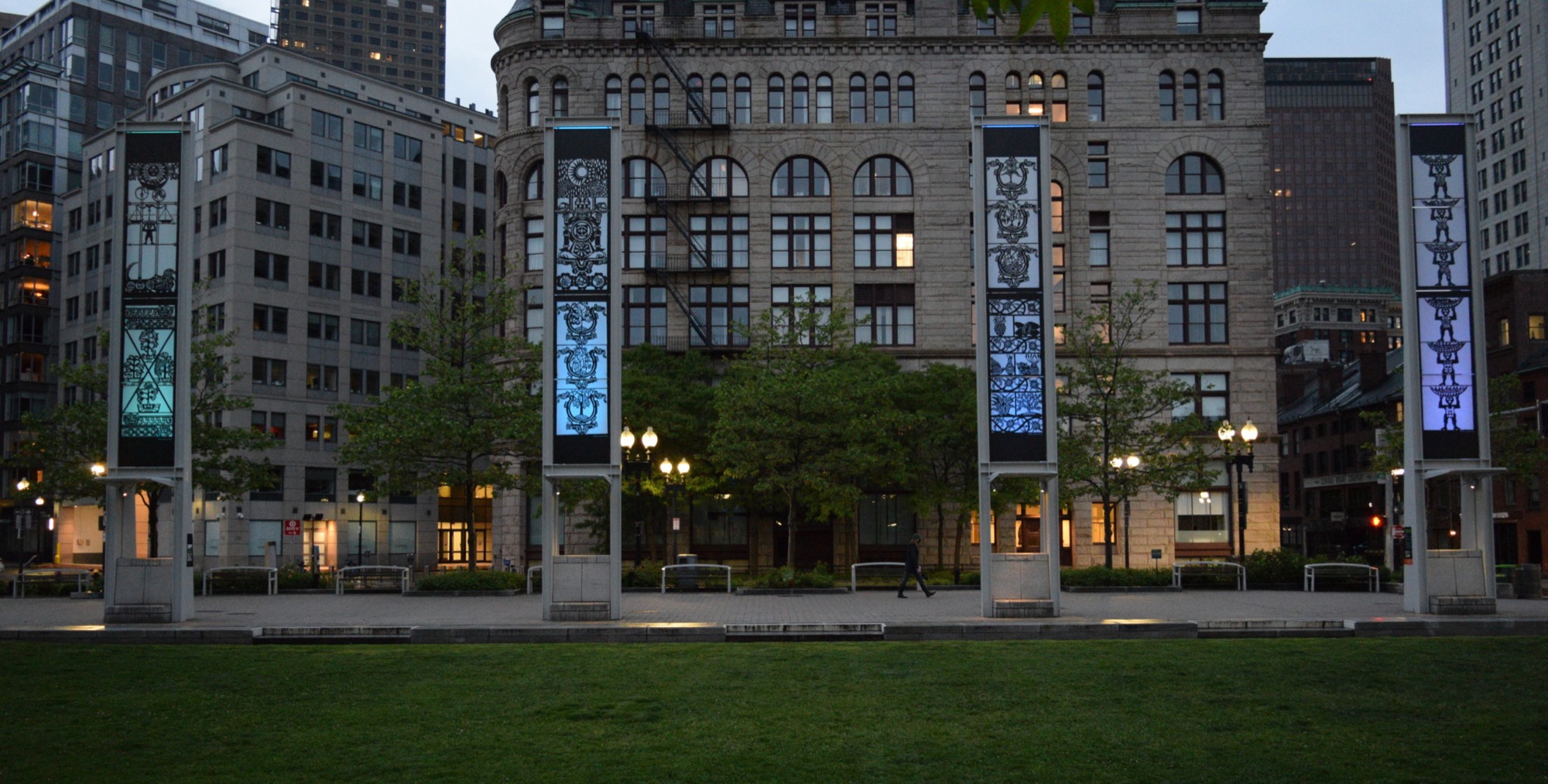Una historia en ocho paneles: Conexiones Globales: Mitos Mesoamericanos, Domesticación de Alimentos y su Distribución

Una historia en ocho paneles: Conexiones Globales: Mitos Mesoamericanos, Domesticación de Alimentos y su Distribución

Rose Fitzgerald Kennedy Greenway Conservancy 185 Kneeland Street, Boston, MA 02111, 617.292.0020
© 2025 Rose Fitzgerald Kennedy Greenway Conservancy